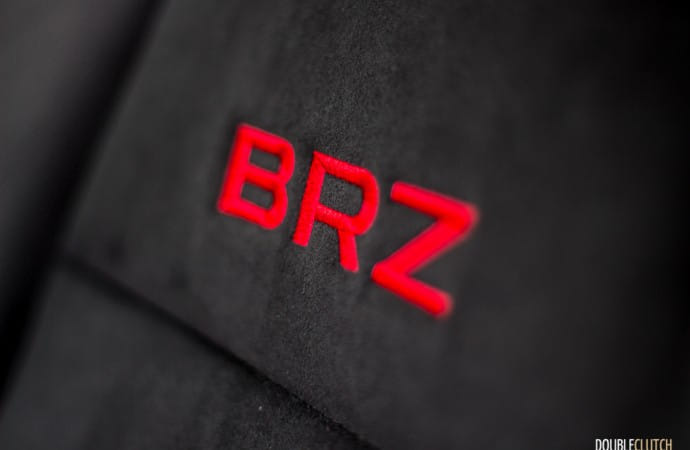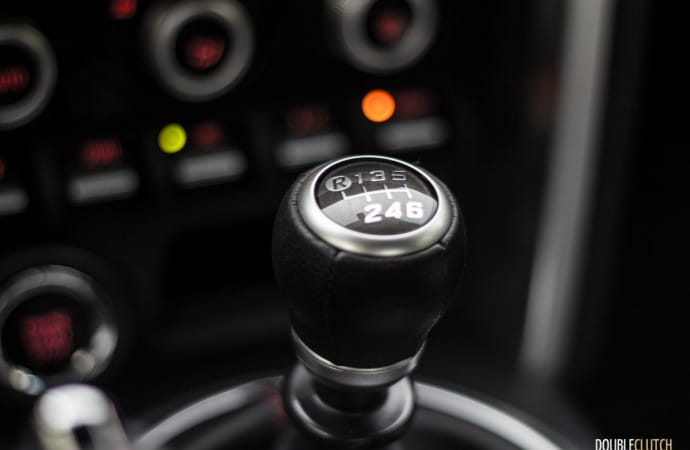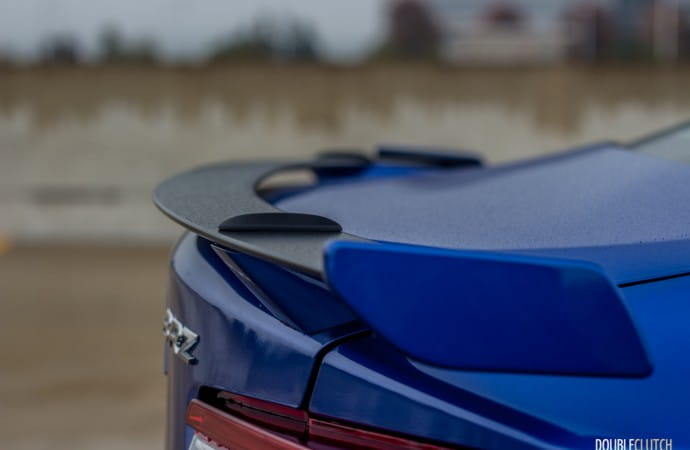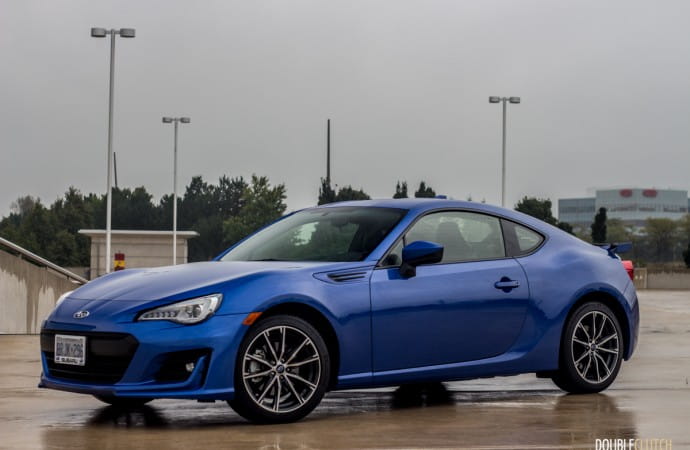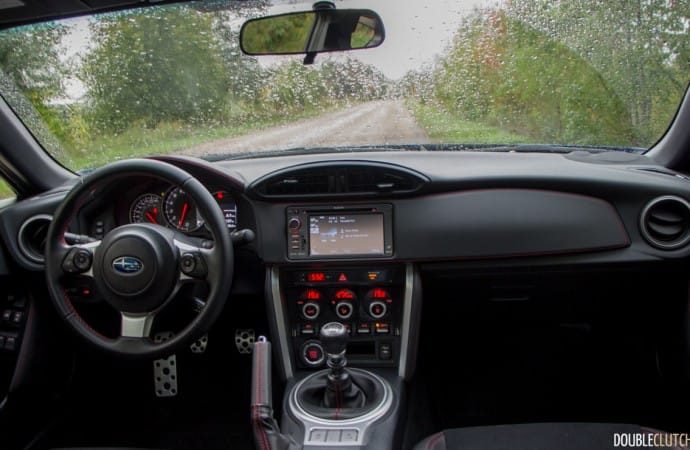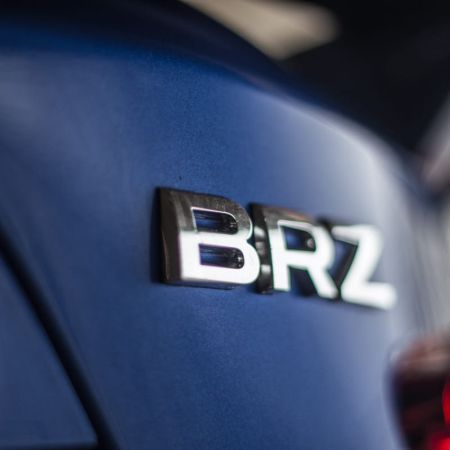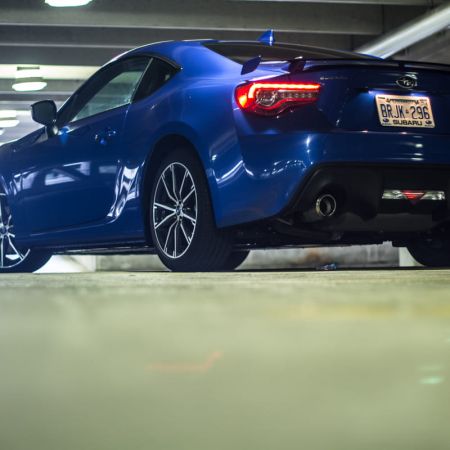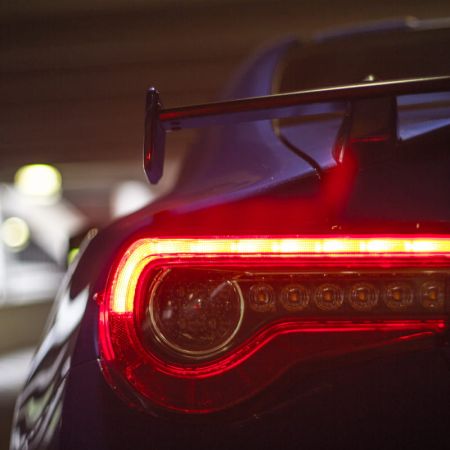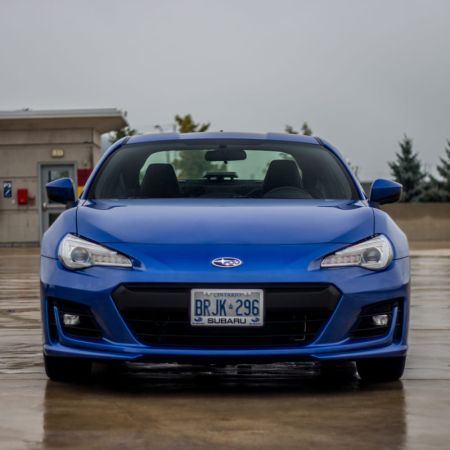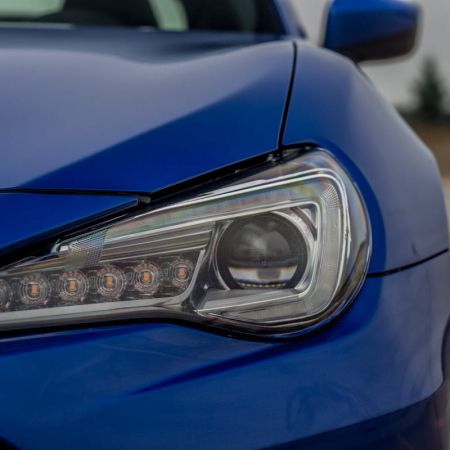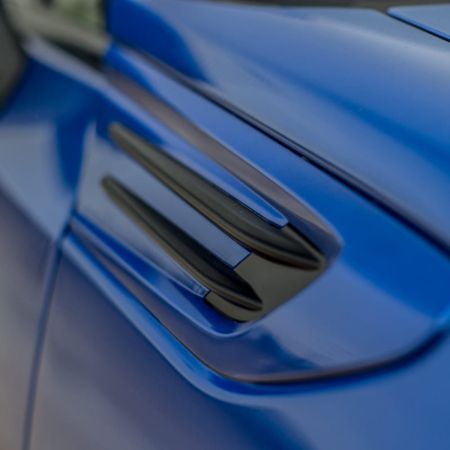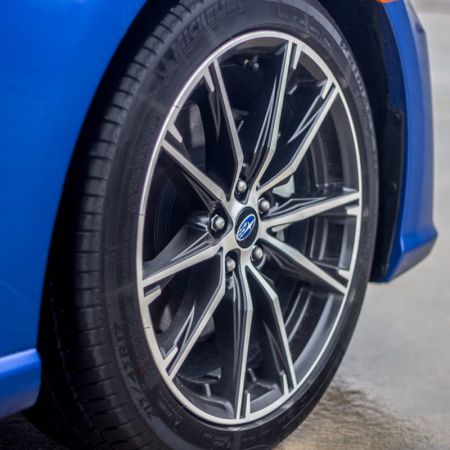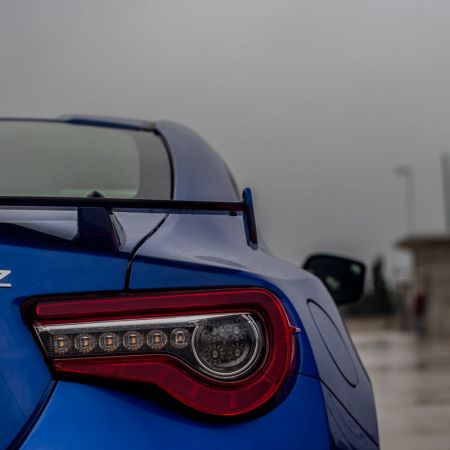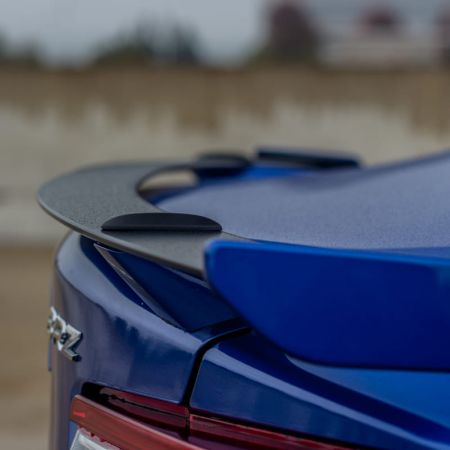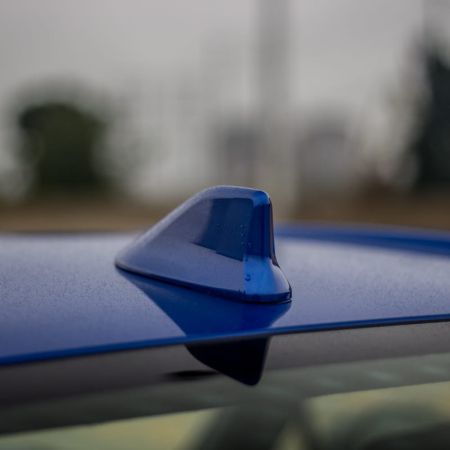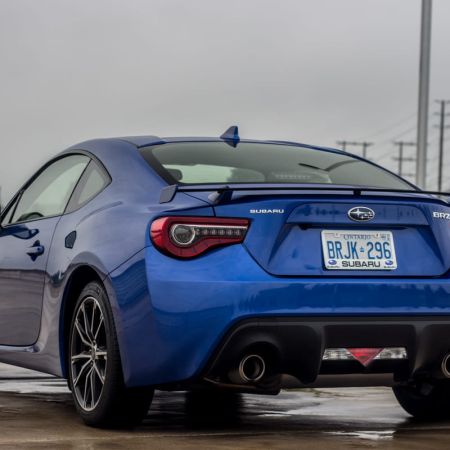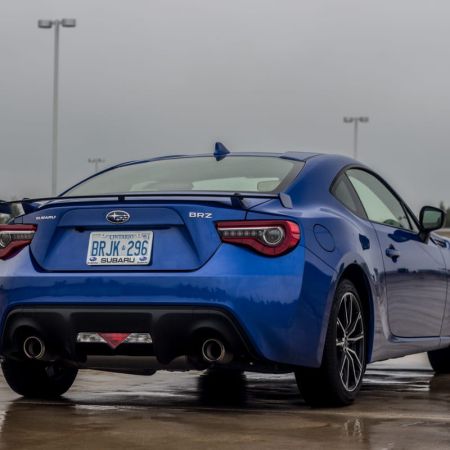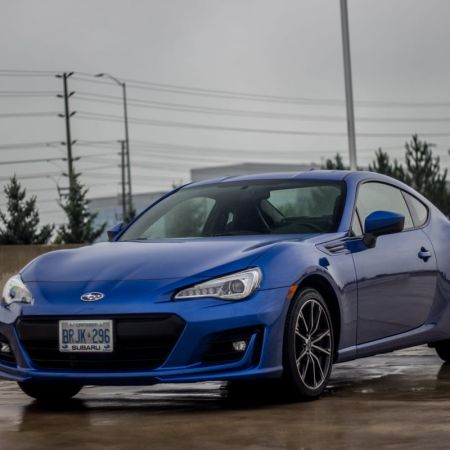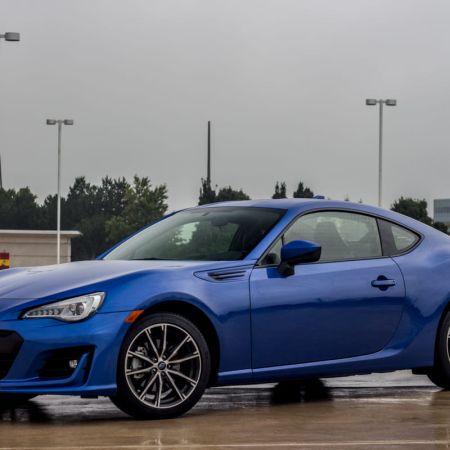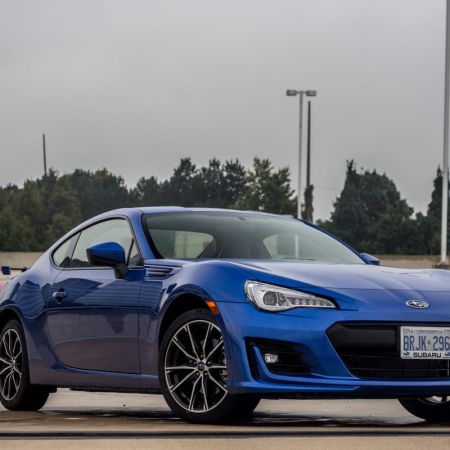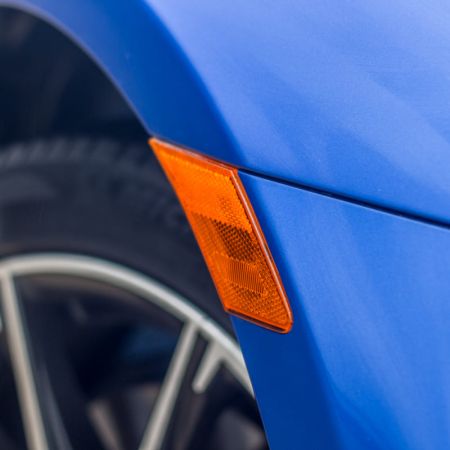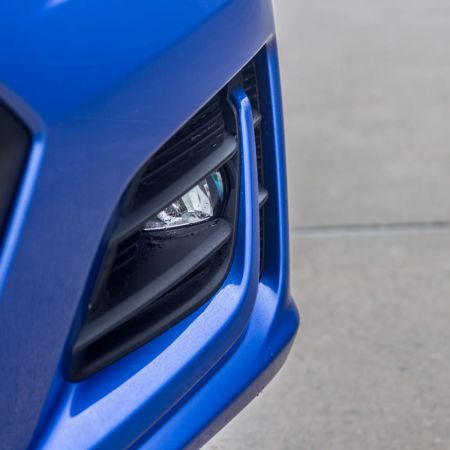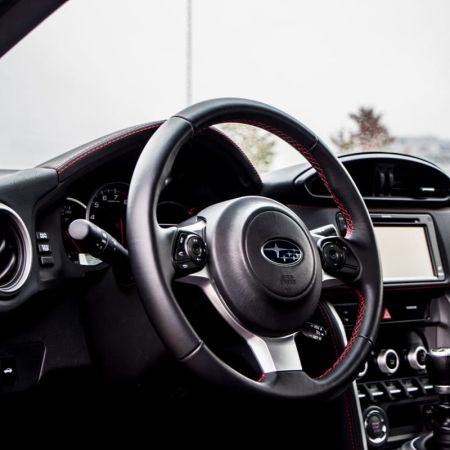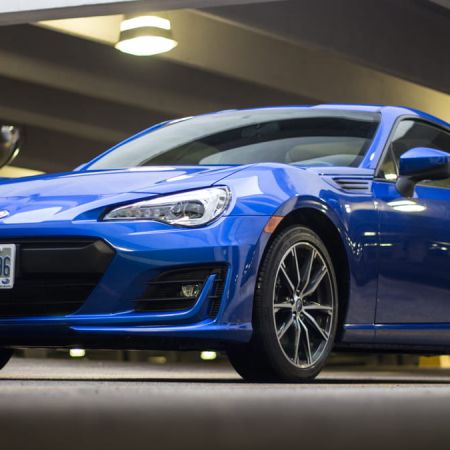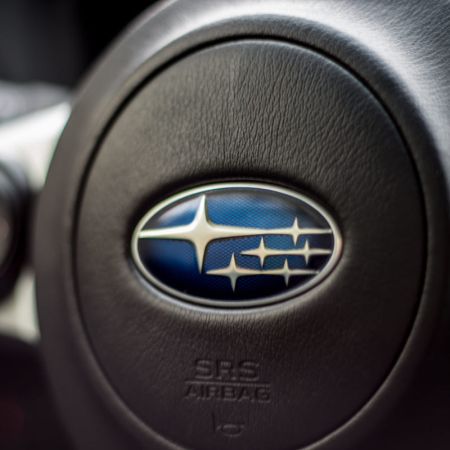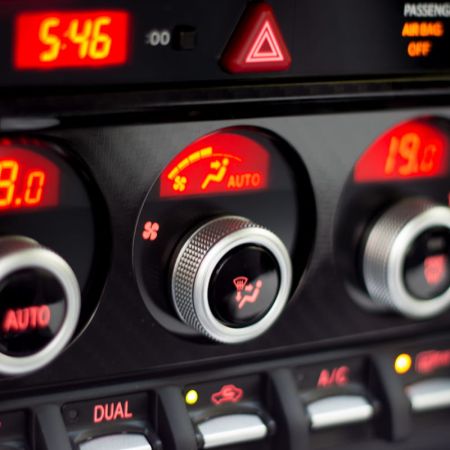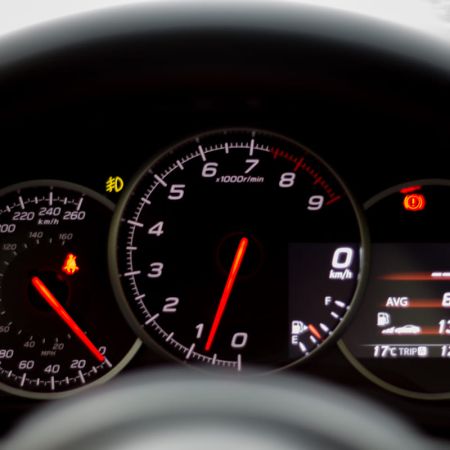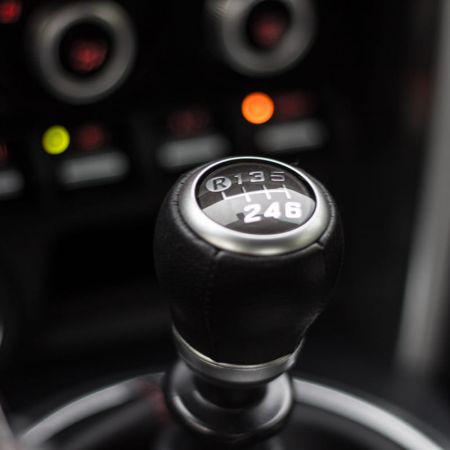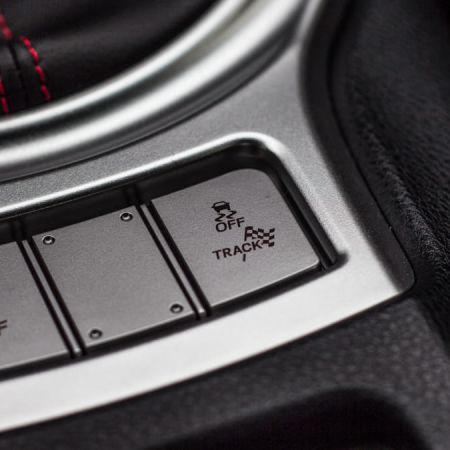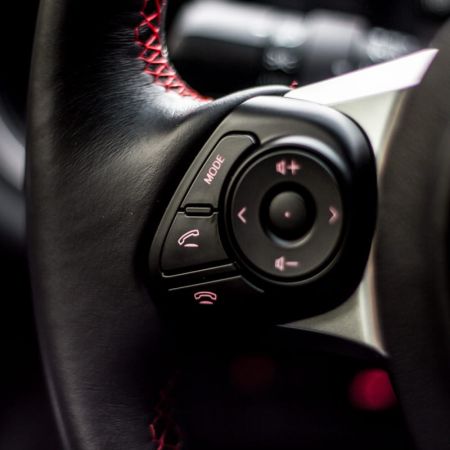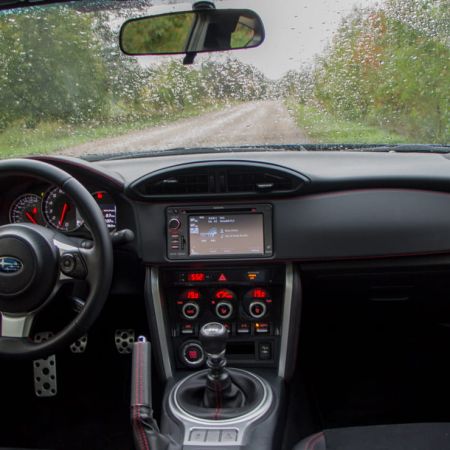Introduced for the 2013 model year, Subaru’s BRZ was co-developed with Toyota and entered the market with a bang. After seemingly years of concepts and teasers, the rear-drive, tail-happy drift twins finally showed up and were huge sales hits. The proportions of the two were great, and these sisters delivered an affordable, lightweight sports car that was perfect for young enthusiasts, weekend track purists and even those who were enamoured by the sexy styling. This year, with the Scion FR-S’ being absorbed under the Toyota umbrella and getting a new name, things had to change at Subaru too. We grabbed the keys to a 2017 Subaru BRZ Sport-Tech in World Rally Blue to see what some minor improvements would do to an established favourites.
The biggest criticism towards the BRZ since its 2012 introduction has been the lack of power and low-end torque. As part of the 2017 revamp of the car, the power has been increased. To the dismay of many enthusiasts, there still isn’t a turbocharged version, but things have been cranked up a little bit. Using the same 2.0L horizontally opposed “boxer” four-cylinder with some fine tuning, the power numbers have improved.
Subaru has taken the old motor and strengthened up the engine block with more reinforcement, lower-friction cams, piston heads, and more rigid valve stems. The old car had 200 horsepower and 151 lb-ft of torque, whereas the new one is bumped to 205 horsepower and 156 lb-ft of twist. Something curious here is that the power bump is restricted to the six-speed manual model only; models equipped with the automatic remain at the old power numbers.
We specifically requested a vehicle with the six-speed manual in order to experience the new engine tuning. Even when taking into account rivals like the Mazda MX-5 (reviewed here), the Subaru’s shifter is nothing short of spectacular. The throws are short and light, and the transmission easily pops in and out of gears without a single complaint. The clutch is easy to use too, and the pedal placement is perfect and I was heel-toeing downshifts within the first hour of my test week. Those opting for the automatic won’t be disappointed either – it’s a good six-speed with nice paddle shifters and rev-matching tech on board.
It’s not all about power, and thankfully BRZ fans agree with this philosophy. The car is still impeccably sharp around corners and offers some real steering feel. The steering doesn’t feel artificial or electrically boosted, and this is something that shouldn’t be taken for granted at this point. A Torsen limited-slip differential is standard equipment on all models, and pushes the car right out of corners with the newfound low-end torque. I really like the way the car behaves now; this is one of the most refreshing facelifts I’ve driven in a while.
The biggest challenge with the BRZ is also one of its advantages. It’s a car that doesn’t have very much power, and this allows drivers to enjoy their car near its limits on the streets without breaking any laws. At the weekend autocross we frequent, there are quite a few people who choose to run BRZs or Scion FR-S’ (reviewed here), and these drivers deliver great lap times. The problem is that at this price, cars like the Ford Focus ST (reviewed here) or even Subaru’s own WRX offer considerably more power, and in the case of the WRX, sharp handling through its all-wheel-drive. The BRZ’s rear-drive nature is fantastic, but the reality is, it really does need some more oomph.
A huge benefit to the BRZ’s lack of power and low-end torque is its ability to maintain efficiency regardless of how hard it’s being driven. On a longer highway run to help my colleagues return their respective test vehicles for the week, the BRZ shot back with a surprising 6.5L/100km. During my week with it, I decided to traverse up north to some of my favourite curvy driving roads and put the car through its paces. No matter how spirited the drive got, the rear-drive Subaru’s fuel readout never got any higher than 9.1L/100km. Due to the compression of the engine, 91-octane premium fuel is required.
From a design perspective, the facelift gives the BRZ some subtle touches. The front bumper is redesigned, giving it a slightly more crisp fascia with full LED headlights and LED fog lights. The rear spoiler that used to be part of the Sport-Tech package is now standard even on the base car, along with LED taillights and new wheel designs. Overall, the car looks cleaner, and seeing that many of the BRZs we see around the Toronto area have aftermarket lights added, this may encourage buyers to leave the factory units as is.
The interior of the 2017 Subaru BRZ doesn’t receive as many updates as the exterior, but this isn’t a bad thing. The ergonomics of the car were already pretty damn good, and the driver-oriented nature of the car continues. The new leather seats get BRZ logos embossed onto them – a very classy look at this price point. There’s a new 4.2” colour screen in the instrument cluster that displays lap times, steering angle, oil temperature, G-meter, and battery voltage. For those who want to enlist in performance activities with the BRZ, this will be a huge benefit.
Space management is adequate here, though the rear seats are exclusively for small children or cargo. Most six-footers will be comfortable in the front seats of the BRZ, though those with longer legs may find their knees up against the steering column. The Subaru competes with the Mazda MX-5 and now the Fiat 124 Spider (reviewed here), though with its fixed-roof will be the more popular choice for those who choose to drive in the winter. Trunk space is a luxury for any more than a weekend trip, but because it has no convertible top needing to be stowed, there’s some more flexibility than in either of the two roadsters.
Subaru has priced the BRZ at $27,995, which is cheaper than the Toyota 86’s $29,580 asking price. Our Sport-Tech test vehicle is $29,995 with the six-speed manual transmission (the de-tuned automatic is a bit more expensive), and adds dual-zone automatic climate control, proximity key with push-button start, illuminated sun visor mirrors, a multifunction display in the gauge cluster, heated leather seats with Alcantara inserts, as well as carbon-fiber and soft-touch accents around the interior. It’s the premium model and definitely feels the part – for $30,000 you can’t really go wrong here.
However subtle it may be, the 2017 Subaru BRZ Sport-Tech’s refresh is a strong move in favour of sales growth towards the Canadian market. This rear-drive offering adds a distinctive touch of character to Subaru’s all-wheel-drive lineup. The rally pedigree of the car is obvious, and its inimitable (other than by the Toyota) ability to whip around corners and keep that shameless smirk on the driver’s face is why the BRZ has earned itself such a cult following in less than four years on the market.

